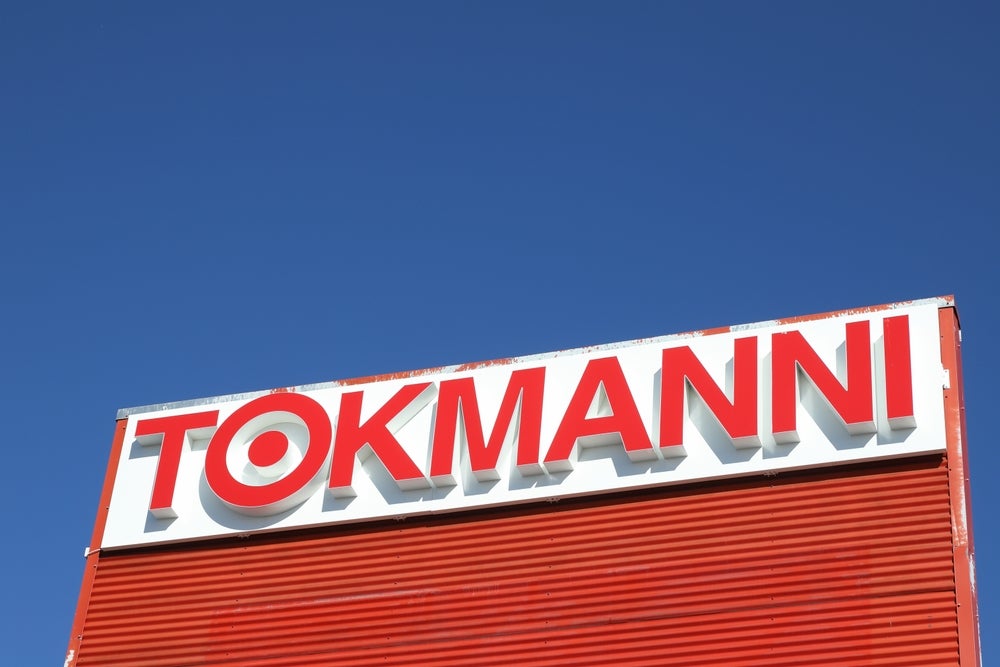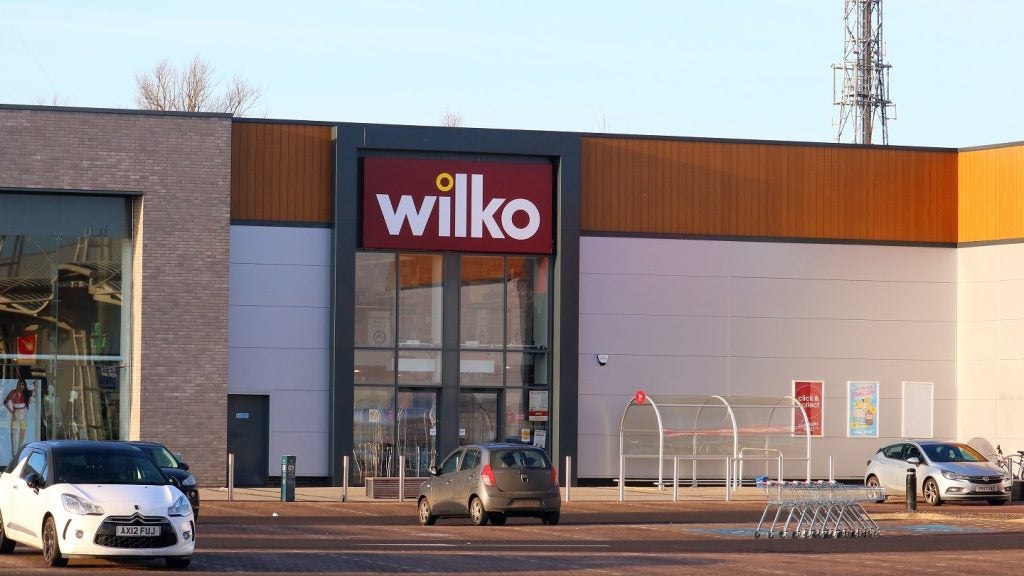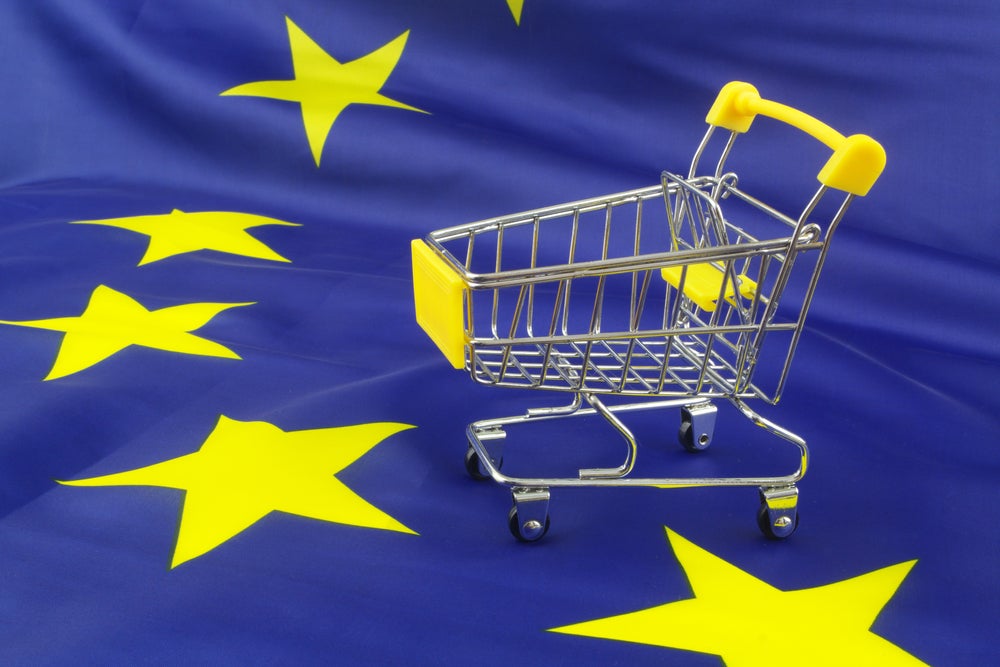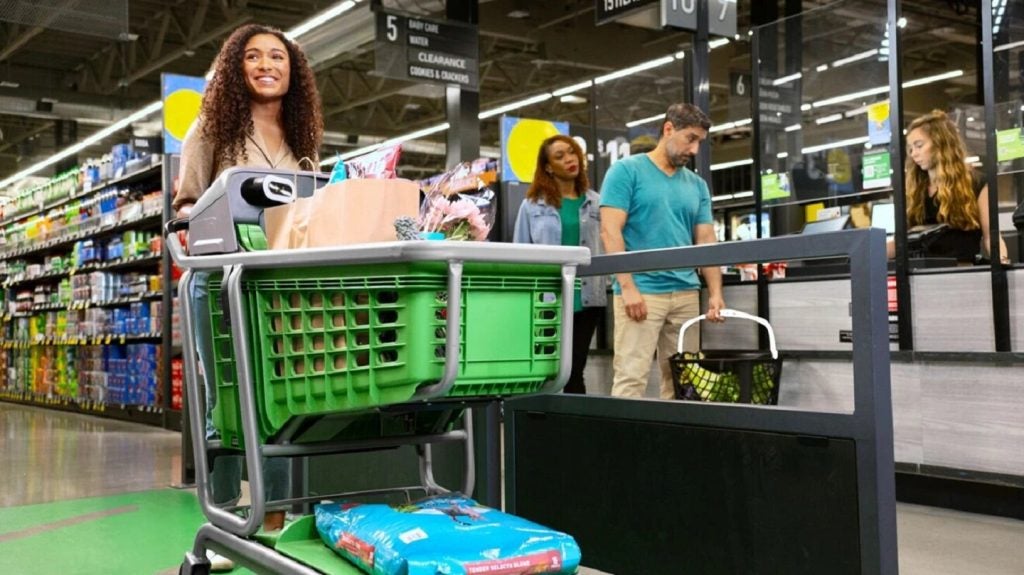
GlobalData estimates that ICT spending within the Asian retail will exceed 31 billion this year and grow at 5% per year. The retail sector is moving IT spend from a ‘keeping the lights on,’ mode to one where investing in technology is essential to permanently and irreversibly change their business.
The stakes are high. Up to 20% of outlets may close in next five years. But, the IT-led transformation is what the industry is using to reset the ‘misalignment’ between buyers and sellers. Personalised experiences will counter changes in buying behaviour. Consumers will continue to shop online, but classic ‘bricks and mortar’ stores are reinventing themselves through technology. Data is at the heart of the strategy.
Digital disruption is moving retailers away from the decades’ old ‘system of records,’ such as a classic CRM system and manual look-ups to an immersive ‘system of engagements.’ The latter has more to do with the automation and orchestration of systems across devices and channels. The goal is to drive an integrated customer experience that is both relevant, personal and at a cadence that aligns with the tempo of the customer journey.
Using cloud-based analytics to track customer behaviour
Essentially high street retailers are changing the game by swapping out the architecture. With over 2.7 billion smartphones subscriptions projected in use across Asia by the end of 2018, mobility is the logical place to start. With cloud as the core platform, retailers are using mobile and Wi-Fi analytics to understand customer footfall, age, gender, demographics and time browsing in stores to reconnect with the odyssey of long-lost shopper.
These capabilities, especially in markets like Australia, Korea, Japan, and China, will often be overlaid with video analytics to bring more context. A good system can understand gesture and what displays customers are looking at (and ignoring the line of sight). The use of open APIs is allowing analytics to be integrated into POS and CRM to improve ‘on the shelf availability.’ Location-based services with geo-fencing have the potential to alert retailers to incoming VIPs through membership status, they might be able to trigger ‘in the moment’ voucher.
These technologies can help businesses to visualise traffic flow through stores, identify hotspots, chokepoints and predict the future revenue by shelf placements and promotions. The future use of AI may even be able to detect patterns invisible to today’s systems.
How well do you really know your competitors?
Access the most comprehensive Company Profiles on the market, powered by GlobalData. Save hours of research. Gain competitive edge.

Thank you!
Your download email will arrive shortly
Not ready to buy yet? Download a free sample
We are confident about the unique quality of our Company Profiles. However, we want you to make the most beneficial decision for your business, so we offer a free sample that you can download by submitting the below form
By GlobalDataThe same technology – networks, cloud, mobility, and analytics – can extend outwards to malls, parking lots, transportation systems, municipalities and beyond offering a broader connected experience. For retailers, some of the more immediate deployments are likely to be in digital signage, wayfinding systems, cashless counters, self-service kiosks and vehicle and facility telemetry to deliver an integrated user experience for an entire shopping journey.
While research shows a willingness of customers to provide personal details (within reasonable boundaries of privacy) as long as there is value in return. It will be imperative that data is protected at all costs, not shared with third-parties and collected in an aggregated way that safeguards privacy. This clearly explained and opt-outs are also visible. A retailer who can strike this balance will be the likely success stories.
For more insight and data, visit the GlobalData Report Store – Verdict Retail is part of GlobalData Plc.







